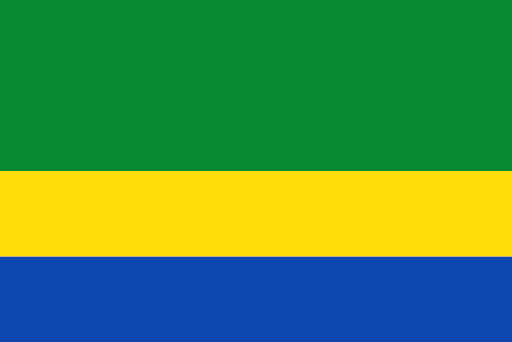SAN JOSÉ DEL PALMAR
Department

Flag of the city
The flag of the city is white, green, and blue. At the center of the flag is the city’s seal.


Slogan of the city
The slogan “Work Progress and Peace” reflects the aspirations and values of San José del Palmar. It suggests a focus on economic development (“Work” and “Progress”) and the importance of maintaining a peaceful and harmonious community (“Peace”). Slogans often encapsulate the spirit and goals of a locality, emphasizing key themes that resonate with the community’s vision for the future.
History
The history of San José del Palmar, founded on March 19, 1938, is intricately connected to its indigenous roots and subsequent colonization. The region’s initial inhabitants were the Embera-chami, an indigenous group whose presence continues to be significant in the municipality. The first wave of colonists, comprising individuals from Antioquia, Caldas, and Valle del Cauca, arrived in the area. In 1938, a group of pioneers including Esther Espinosa, Luis Angel Colorado, Paulino Villegas, Norberto Uribe, Eliseo Flores, Marco Salazar, and Pedro Monsalve officially founded the town. This marked the beginning of San José del Palmar as a distinct community on the borderlands of Risaralda and Valle del Cauca. The Embera-chami’s enduring influence and the amalgamation of diverse cultural backgrounds in the founding population contribute to the rich tapestry of San José del Palmar’s history. The town’s formation reflects the convergence of indigenous heritage and the dynamic interplay of various Colombian communities, shaping its identity over the decades.
Geography of the city
The municipality of San José del Palmar is located in the Southeast of Choco, sharing borders with the departments of Risaralda and Valle del Cauca. It is part of the Subregion of San Juan, along with neighboring municipalities like Itsmina, Tado, Condoto, Novita, Sipi, and Litoral de San Juan. Positioned equidistant from the significant rivers of San Juan and Cauca, the municipality is at an altitude of 1,100 meters with specific geographic coordinates. San José del Palmar shares ecosystems with the National Park of Tatama and the Serrania of Los Paraguas, emphasizing its environmental significance. The township spans approximately 947 km², making it a substantial area within the region. The municipality’s borders include Condoto to the north, Sipi and Novita to the south, and departments of Risaralda and Valle del Cauca to the east, while the west is bordered by the municipality of Novita. The locality of El Sinai is also part of this municipality.

Population
As of 2017, the population of San José del Palmar is recorded at 4,768 people, with a density of 5.0 inhabitants per square kilometer. The urban population accounts for 1,132 individuals. The demographic composition of the municipality reflects a mix of ethnic groups. The initial inhabitants were from the Chamies indigenous group, followed by the presence of people along the banks of the Ingara River in the Valencia region. Black populations settled in the San Juan River basin, and subsequently, colonizers arrived from various parts of the country, mainly from Antioquia, Valle del Cauca, old Caldas, and Tolia. Over time, the indigenous group has seen a decline in their presence due to the changing dynamics imposed by the broader population. In contemporary times, other ethnic groups make up the majority of the population. The challenging living conditions, marked by a lack of economic resources, have led to a population decrease in rural areas. Many residents have migrated to the municipal seat, and some have left the municipality altogether. The gender distribution in San José del Palmar is approximately 51.57% men and 48.43% women.
One photo representative of the city

Etymology
Based on common naming conventions, “San José” is a reference to Saint Joseph, a figure in Christian tradition. “Palmar” could be associated with “palm,” which often appears in place names. The combination might suggest a reference to Saint Joseph in a palm-related context.
What the city is known or famous for

San José del Palmar is characterized by its significant environmental challenges, primarily related to soil use and degradation. The municipality is known for its commitment to addressing these issues and finding sustainable solutions. With approximately 85% of the soil currently being used, the area faces challenges related to extensive and intensive agriculture. The soils, which mostly belong to the Pacific Forest Reserve, are undergoing processes of adjudication to balance environmental preservation with the needs of the growing population. The expansion of agricultural activities into designated forest zones has contributed to soil degradation and erosion, leading to mudslides that pose risks to inhabitants. Despite the inherent challenges, San José del Palmar is actively engaged in managing its natural resources. The municipality dedicates hectares to diverse crops such as cocoa, plantains, sugar cane, fruits, corn, and yucca, demonstrating efforts to diversify and sustain agricultural practices. While grappling with environmental concerns, San José del Palmar’s focus on agriculture showcases its resilience and determination to strike a balance between economic development and environmental conservation. The challenges it faces underscore the importance of adopting sustainable practices for future generations and preserving the unique ecosystems within its borders.
